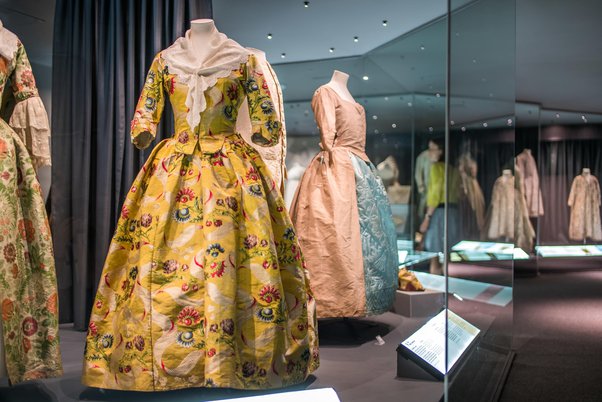
Fashion is a dynamic tapestry, continuously evolving to reflect societal shifts, technological advancements, and cultural movements. What began as a means of protection and practicality has transformed into a profound expression of identity and art. From the opulent gowns of the 18th century to today’s eclectic mix of styles, fashion’s journey is as rich and varied as the garments it celebrates.
Historical Influences on Modern Fashion
The history of fashion is a narrative of constant reinvention. In the 18th century, elaborate costumes and intricate embroidery defined aristocratic fashion. The opulence of the Rococo period, with its extravagant silks and lavish decorations, symbolized wealth and power. Fast forward to the early 20th century, and the fashion landscape began to shift dramatically. The Roaring Twenties introduced the flapper dress, a symbol of women’s liberation and the defiance of traditional norms.
The post-war era saw the rise of Christian Dior’s “New Look,” which reintroduced femininity with its cinched waists and full skirts. This period underscored fashion’s ability to influence and reflect broader societal changes, such as the move from wartime austerity to post-war prosperity.
The Role of Technology in Fashion
The digital age has revolutionized fashion in unprecedented ways. Technology has not only altered how fashion is produced but also how it is consumed. The rise of social media platforms like Instagram and TikTok has democratized fashion, allowing influencers and everyday users to shape trends. This shift has led to a more diverse and inclusive representation of style, breaking away from the traditional gatekeeping of high fashion.
3D printing and virtual reality are at the forefront of fashion innovation. Designers are experimenting with new materials and techniques, pushing the boundaries of what is possible in garment construction. Virtual fashion shows and digital wardrobes are becoming more common, offering a glimpse into the future where fashion is not just about physical attire but also digital presence.
Sustainability: The New Frontier
As the fashion industry grapples with its environmental impact, sustainability has emerged as a crucial focus. Fast fashion, characterized by its rapid production cycles and low-cost garments, has been criticized for contributing to pollution and waste. In response, many designers and brands are adopting sustainable practices, such as using eco-friendly materials, reducing waste through zero-waste patterns, and embracing ethical production processes.
Brands like Stella McCartney and Patagonia are leading the charge in sustainable fashion, demonstrating that style and environmental responsibility can coexist. The rise of second-hand shopping and vintage stores also reflects a growing consciousness about the lifecycle of clothing and the importance of reducing fashion’s ecological footprint.
The Intersection of Fashion and Identity
Fashion has always been a powerful medium for expressing identity and cultural heritage. From traditional garments that signify cultural pride to contemporary styles that reflect individual personality, clothing serves as a canvas for self-expression. The rise of gender-fluid fashion challenges traditional notions of masculinity and femininity, promoting a more inclusive and diverse representation of style.
In addition, the celebration of different body types and sizes in fashion campaigns reflects a broader societal shift towards body positivity. Designers and brands are increasingly acknowledging that beauty comes in all shapes and forms, and this inclusivity is reshaping the industry.
Future Trends: What Lies Ahead
Looking to the future, fashion is poised to continue its trajectory of innovation and transformation. Advances in artificial intelligence and machine learning are likely to influence design processes, with algorithms predicting trends and personalizing recommendations based on individual preferences. The integration of augmented reality could further enhance the shopping experience, allowing consumers to virtually try on clothes and visualize how they fit into their personal style.
Moreover, the concept of “fashion seasons” may evolve as the industry moves towards a more fluid and less cyclical approach. This shift could lead to more timeless and versatile designs, reducing the emphasis on fleeting trends and fostering a more sustainable consumption pattern.
Conclusion
Fashion is a reflection of society, continually adapting to meet the needs and desires of its time. Its evolution from historical grandeur to modern eclecticism illustrates the industry’s capacity for reinvention and its role in shaping cultural narratives. As technology advances and sustainability becomes increasingly important, fashion will continue to be a dynamic and influential force, blending tradition with innovation to define the future of style.


